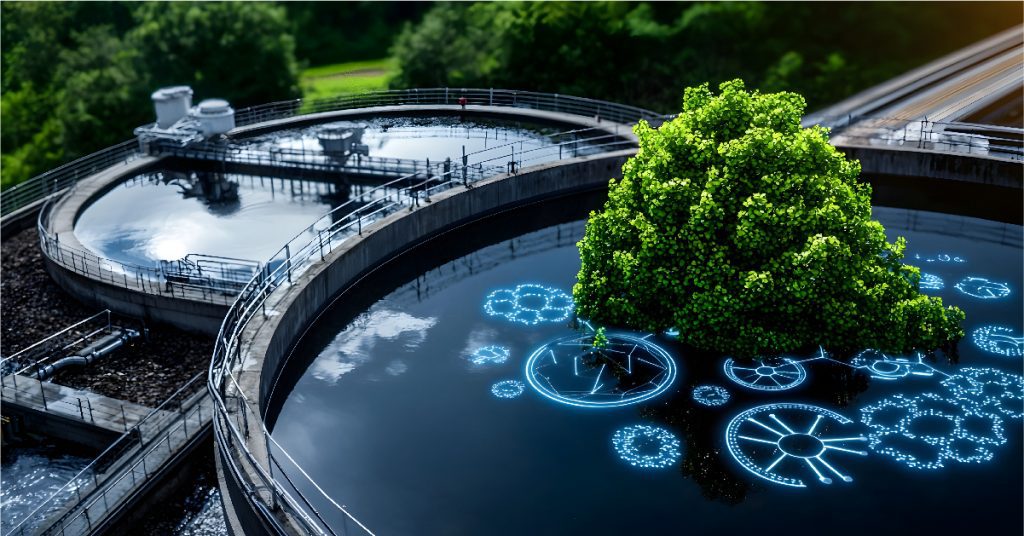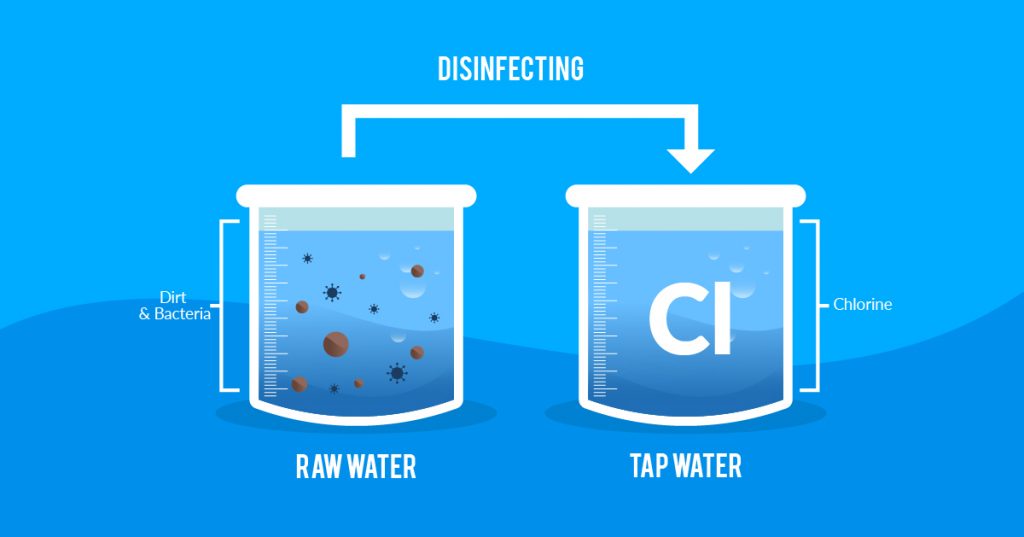Water is the lifeblood of our planet, yet it is increasingly becoming one of our most threatened resources. Across the globe, communities are facing severe shortages, pollution, and inequitable distribution of water. The global water crisis is no longer a distant concern—it is a reality impacting millions, including those in developed nations like the USA. While some regions struggle with drought, others face contamination from industrial and agricultural runoff. Understanding what is water crisis is, its causes, and how innovation can offer water crisis solutions is essential for building a secure and sustainable future.
What is a Water Crisis?
When we talk about a water crisis, it refers to the situation where the demand for clean, safe water exceeds the available supply. This imbalance can be caused by natural factors like prolonged droughts or by human activities such as overuse, pollution, and poor infrastructure management. A water crisis can manifest in many ways—ranging from empty reservoirs and failing crops to public health emergencies caused by contaminated drinking water.
In the USA, the global water crisis may seem less visible compared to some parts of the world, but it is very real. States in the western region have faced decades of declining water levels in key rivers and aquifers, while other areas deal with the costly impacts of aging water systems and chemical pollution.
Causes of the Water Crisis
The causes of the water crisis are complex and interlinked. Key drivers include:
- Climate Change – Altered rainfall patterns, rising temperatures, and extreme weather events are disrupting traditional water cycles.
- Population Growth – Increasing demand for water in agriculture, industry, and households places pressure on limited supplies.
- Pollution – Industrial discharge, agricultural chemicals, and untreated wastewater pollute freshwater sources.
- Inefficient Use – Outdated irrigation, leaky infrastructure, and wasteful consumption contribute to unnecessary losses.
- Overextraction – Drawing more water from rivers and aquifers than can be naturally replenished depletes long-term reserves.
The Global Water Crisis and the USA’s Role
The USA has the technological and financial capacity to address many water-related challenges, but it is not immune to the impacts of the global water crisis. Cities like Flint, Michigan, have experienced public health emergencies due to contaminated drinking water, while agricultural states such as California face recurring droughts that threaten both food production and livelihoods.
The global water crisis has also become a matter of national security, as water scarcity can lead to conflicts over resources, migration pressures, and disruptions in global supply chains. This makes finding effective water crisis solutions a priority for policymakers, industries, and communities alike.
Innovative Approaches to Water Crisis Solutions
Technology and innovation are critical in tackling the global water crisis. From advanced purification systems to data-driven water management, innovative approaches are transforming how we use and conserve water. Key water crisis solutions include:
- Desalination Technology – Converting seawater into potable water is becoming more energy-efficient and cost-effective, especially for coastal regions.
- Water Recycling and Reuse – Treating wastewater for reuse in agriculture, industry, or even as drinking water can significantly reduce freshwater demand.
- Smart Water Management Systems – IoT-enabled sensors and AI analytics help detect leaks, optimize irrigation, and monitor quality in real time.
- Green Infrastructure – Rain gardens, wetlands, and permeable pavements help recharge groundwater and reduce stormwater runoff.
- Agricultural Efficiency – Drip irrigation, soil moisture monitoring, and drought-resistant crops are reducing water use in farming.
These water crisis solutions are increasingly being deployed in the USA, where cities and states are partnering with technology providers to secure water supplies for the future.
Preparing for the Future
Addressing the global water crisis is not a one-time effort—it requires continuous adaptation. Climate change will continue to alter water availability, population growth will increase demand, and emerging pollutants will pose new threats. This means that innovation, policy, and behavioral change must evolve in tandem.
Investments in research, infrastructure upgrades, and cross-sector partnerships will help ensure that the USA remains resilient in the face of water challenges. By integrating sustainable practices into every stage of water use—from extraction to consumption to treatment—countries can move toward long-term water security.
Ion Exchange on the Global Water Crisis: Driving Awareness and Advocacy for Sustainable Water Security
Ion Exchange recognizes the escalating global water crisis as a multifaceted challenge driven by rapid urbanization, climate change, industrial expansion, and unsustainable consumption patterns. As part of its commitment to the United Nations Sustainable Development Goals (SDG 6: Clean Water and Sanitation), Ion Exchange has actively championed campaigns like “Nurturing Water, Nurturing Peace” to raise awareness on water scarcity, its geopolitical implications, and the urgent need for collaborative resource governance. Through multilingual mass media outreach and expert-led public discourse, Ion Exchange emphasizes the role of water as a stabilizing force across communities and nations. By promoting resilient water infrastructure, reuse and recycling technologies, and decentralized water treatment solutions, the company supports strategic interventions to mitigate the effects of global freshwater stress and foster long-term water sustainability.
Conclusion
The global water crisis is one of the most pressing challenges of our time, and understanding what is water crisis is, recognizing the causes of the water crisis, and implementing effective water crisis solutions are essential to overcoming it. In the USA, innovation holds the key to transforming how we manage, conserve, and protect our water resources. By embracing both technological advancements and community-driven efforts, we can ensure that future generations inherit a world where clean, safe water is a universal reality.





